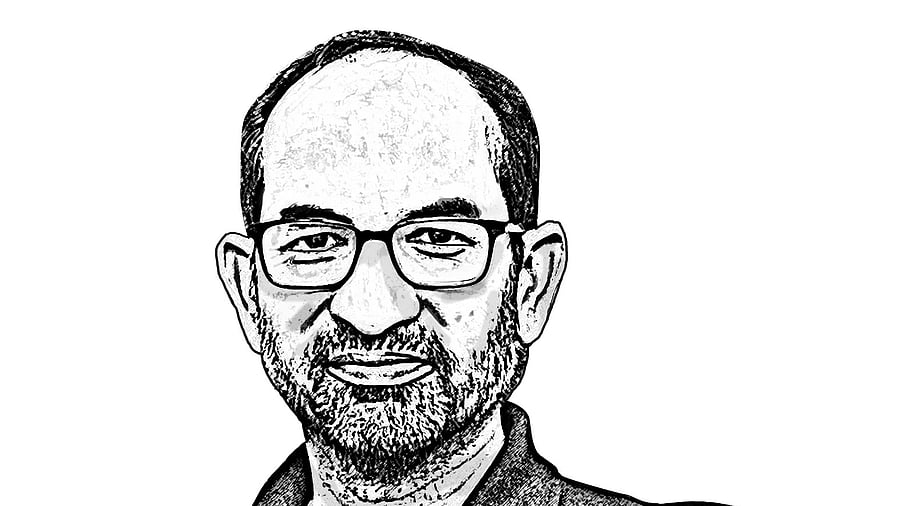
For decades, the Employees’ Provident Fund (EPF) has been the quiet backbone of India’s retirement savings. Contributions arrive automatically, interest compounds invisibly, and the government stands behind it all. It is the default plan for those who would rather not think about retirement until it arrives.
But the rise of low-cost index funds, international ETFs, and gold ETFs has made investors wonder: could a “do-it-yourself” plan, diversified (global, and liquid) actually do better than EPFO’s structured safety net? What is “better” anyway? When tested, the results were instructive.
Two Roads to the Same Goal, with a rider: Given the long term nature of pensions (or even financial planning), modelling the two paths over 15 years, and adjusting all outcomes for 5% annual inflation yields a roughly 50% increase in purchasing power assuming an 8.25% annual compounding. Whereas a well-diversified portfolio (Equities, Metals, International equities, bonds) increases expected (average) outcome to a likely one hundred percent increase, adjusted for mean inflation. However, the dispersion is wide and expected given the nature of markets: they do not promise; they distribute probabilities.
Now this is all well and good but what about the downside? Especially market crashes which, given recent experiences as more a question of when rather than if of the time horizon? Simulating a “stress test” that is to say, a two-year global meltdown: Indian equities fall 30%, US markets 25%, gold rallies modestly, debt holds steady. The Fifteen-year average DIY corpus, in the simulation, was still 70% up in real terms bettering EPF’s 50% but the median will be slightly lower. It is important to note such bad-luck scenarios will hurt early, though most recovered fully by the end of the horizon.
So, what is the lesson? It is certainly not that EPF beats equities or vice versa. It is that risk comes in two forms: EPF will contain policy risk i.e., slow, bureaucratic, and usually reversible (interest-rate tweaks, contribution caps, or withdrawal restrictions). DIY portfolios, on the other hand, carry market risk effects of which can be swift, visible, and emotionally demanding. Both can reduce expected returns temporarily. But while policy risk limits upside gently, market risk expands both tails: higher gains, but also deeper drawdowns.
This brings us to the question, what is better? The short answer is it depends on savings and future earnings time and amount.
For someone at say age 45, with Rs 1 crore in EPF today, compounding alone can build a comfortable pension base by age 60. Adding further contributions, it could double in real terms.
A DIY portfolio, conversely, if maintained through volatility, can deliver 25–30% higher expected wealth, but it demands three things EPF does not: Discipline to stay invested through downturns. Panic and euphoria are both detrimental to preferred outcomes in a DIY scenario. Diversification across assets and geographies. Such longer term portfolios suffer if exposed to concentration. Lastly, periodic rebalancing, the quiet, unglamorous habit which keeps risk in check. One needs to balance the needs to stay away from frequent trading and take advantage of market movements while keeping an eye on tax implications.
The worst mistake is premature withdrawal from either the EPF account or the DIY portfolio. Both strategies collapse if investors were to interrupt compounding.
The Middle Path: The practical answer is not an either/or. Retaining EPF as a safe core, earning tax-free, stable returns and building a satellite of market-linked assets around it to hedge inflation and rupee depreciation risk is the wise option, naturally tailored to one’s specific needs.
This blend gives what no single system can: the calm of certainty and the growth of participation. Risk cannot be eliminated; it can only be chosen wisely.
So, if planning retirement, ask not “EPF or DIY?” ask how much uncertainty one can live with. Because safety, beyond a point, carries its own cost.
(This analysis is for educational purposes only. Investors should consult a qualified registered financial advisor before making investment decisions.)
